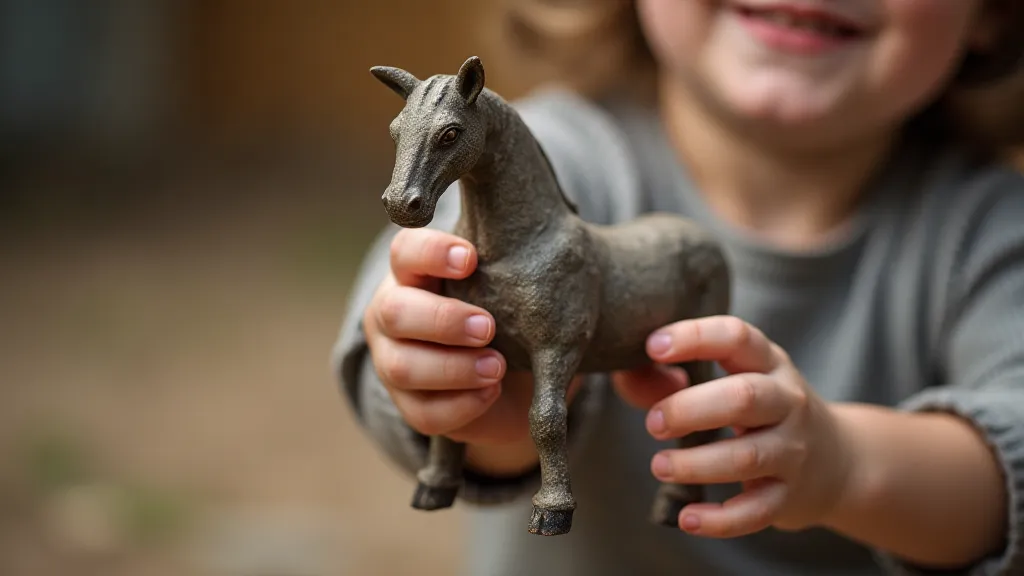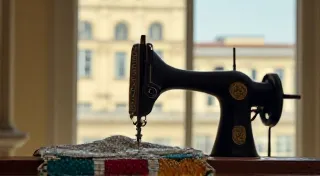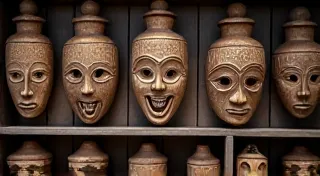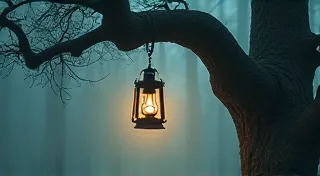Rust & Reverie: The Fragility of Memory Embodied in Cast Iron Figures
There's a peculiar solace found in holding a cast iron toy. It's not the pristine perfection of a factory-fresh product, but something deeper – the weight of time, the whisper of forgotten laughter, the echo of a childhood fading like a sepia photograph. These toys, once vibrant symbols of joy and imagination, now bear the marks of decades, etched in rust and faded paint. And yet, it's precisely these imperfections that amplify their power, transforming them from mere objects into vessels of memory.
My own fascination began, not with a grand acquisition, but with a humble find at a local flea market. A small, chipped fireman, the bright red paint worn away to reveal the grey metal beneath. He wasn't particularly rare, nor was he in exceptional condition. But something about his quiet dignity, his bearing the scars of a well-loved past, captivated me. I felt a connection, a sense of kinship with the child who once held him aloft, imagining daring rescues and heroic feats. It was a sudden, unexpected wave of nostalgia, not for my own childhood, but for a collective one – a shared experience of simpler times, of boundless imagination fueled by the clatter of metal and the promise of adventure.
A History Forged in Iron
The popularity of cast iron toys blossomed in the late 19th and early 20th centuries, coinciding with the Industrial Revolution and its remarkable advancements in manufacturing. Prior to this, toys were largely handcrafted from wood or tin, limiting their complexity and affordability. The ability to mass-produce sturdy, detailed figures from cast iron – employing sand molds and intricate patterns – democratized play, bringing joy to children from diverse backgrounds. Companies like J.W. Doll, Kenton, and Whitman became household names, each developing distinctive styles and characters that resonated with the era’s sensibilities.
The casting process itself was a marvel of engineering. Molten iron, poured into meticulously crafted molds, cooled and solidified, capturing intricate details – the precise curve of a horse’s mane, the determined gaze of a soldier, the playful exuberance of a clown. These weren’t just toys; they were miniature works of art, reflecting the craftsmanship and ingenuity of the time. The figures were often brightly painted, showcasing vibrant hues that captured the optimism and energy of a rapidly changing world.
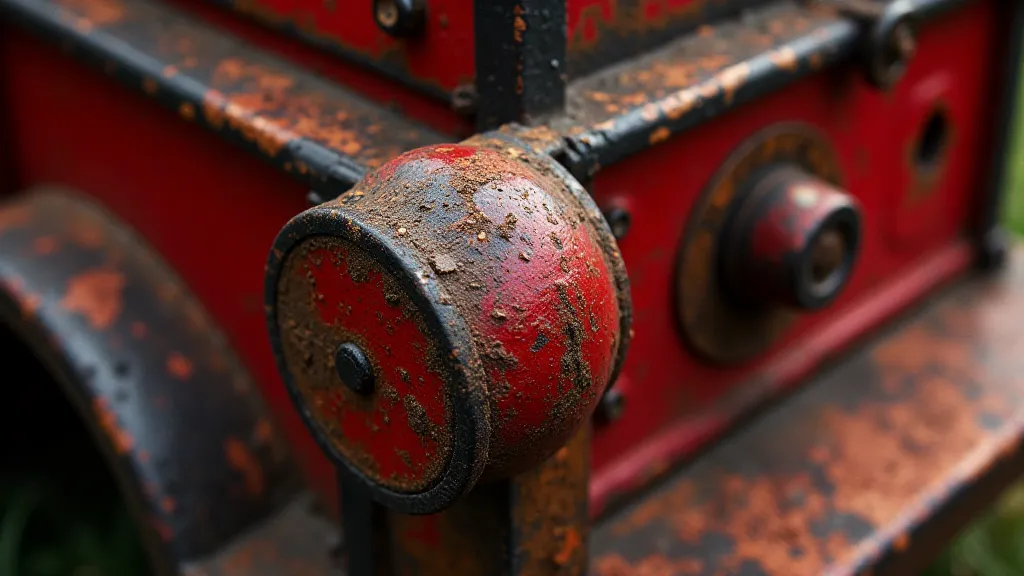
The Psychology of Imperfection: Why Rust Enhances Reverie
It's a paradox, isn's it? We live in a culture that often prioritizes perfection – flawless skin, spotless homes, immaculate possessions. Yet, when it comes to antique toys, it's the imperfections – the rust, the chipped paint, the worn edges – that make them so compelling. These marks aren’t blemishes; they are evidence of a life lived, of countless hours of play, of a cherished connection between a child and their toy.
The rust, a natural consequence of exposure to the elements, transforms the metal into a tapestry of subtle tones – from deep oranges and browns to shimmering coppers. The chipped paint reveals the underlying grey metal, creating a visual contrast that adds depth and character. Each imperfection tells a story, inviting the observer to imagine the adventures the toy has seen, the hands that have held it, the laughter that has filled the air.
Psychologically, this fascination with imperfection speaks to our innate desire for authenticity. In a world saturated with mass-produced goods, these antique toys offer a tangible link to the past – a reminder of a time when things were made with care and attention to detail. They represent a connection to a simpler, more innocent era, a refuge from the complexities of modern life.
Collecting, Preservation, and the Delicate Balance
For those drawn to the allure of cast iron toys, collecting can become a lifelong passion. The rarity of certain figures, the intricacies of the manufacturing process, and the stories embedded within each toy all contribute to the hobby’s enduring appeal. Value isn's always determined by pristine condition; often, a toy with genuine wear and tear can command a higher price, as it speaks to its history and authenticity.
However, the desire to preserve these treasures creates a delicate tension. Should we strive to restore them to their original glory, erasing the marks of time? Or should we embrace the patina of age, allowing them to remain as they are, as testaments to their past?
There's no easy answer. While meticulous restoration can undoubtedly enhance the visual appeal of a toy, it can also strip it of its character and diminish its historical significance. A completely repainted figure, devoid of any original paint, loses a vital piece of its story.
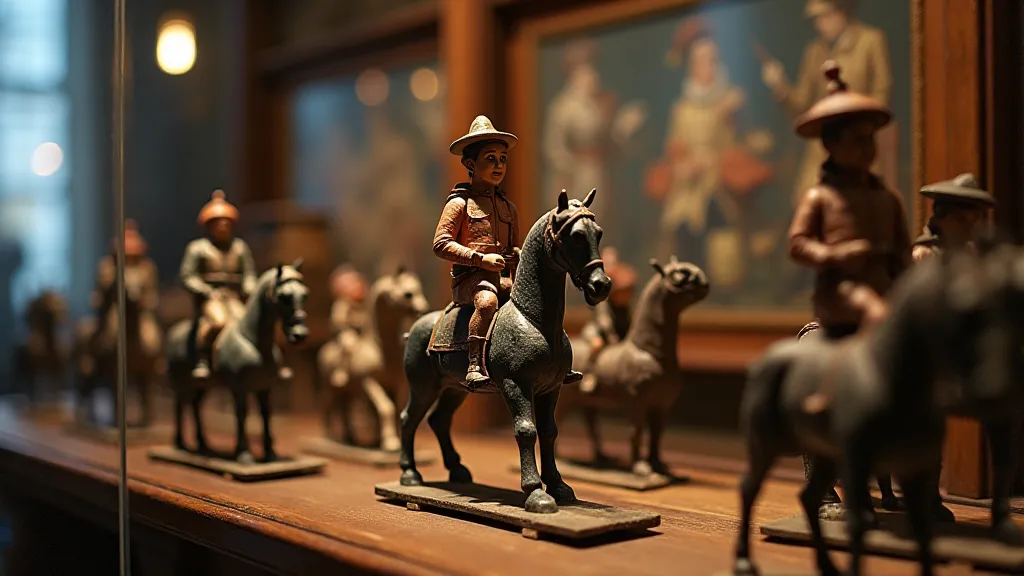
Many collectors opt for a more conservative approach – cleaning the toys gently, stabilizing any loose paint, and protecting them from further damage. This allows the original character of the toy to remain intact, while ensuring its long-term preservation. The goal isn's to eliminate the rust or the chips, but to halt their progression.
More Than Just Toys: Vessels of Forgotten Childhoods
Cast iron toys are more than just objects; they are fragments of a collective memory – echoes of laughter, wonder, and the boundless imagination of childhood. Holding one in your hand is like touching a piece of history, a tangible link to a bygone era. The rust and the chips aren't flaws; they’s badges of honor, testament to a life well-played.
They remind us that even the most cherished possessions are ephemeral, subject to the ravages of time. But it’s in their fragility, in their imperfections, that their true beauty lies – a beauty that transcends the material and speaks to the enduring power of memory and the universal yearning for a connection to the past.
